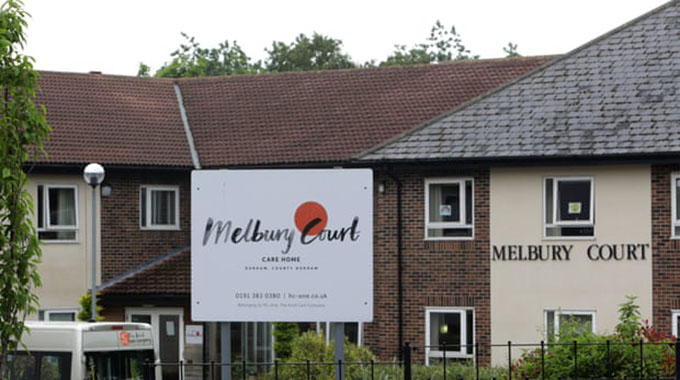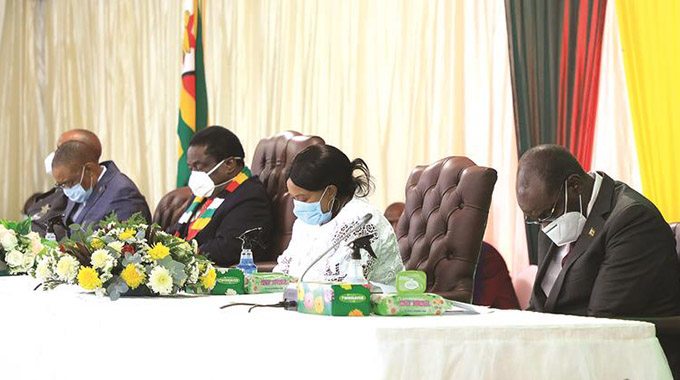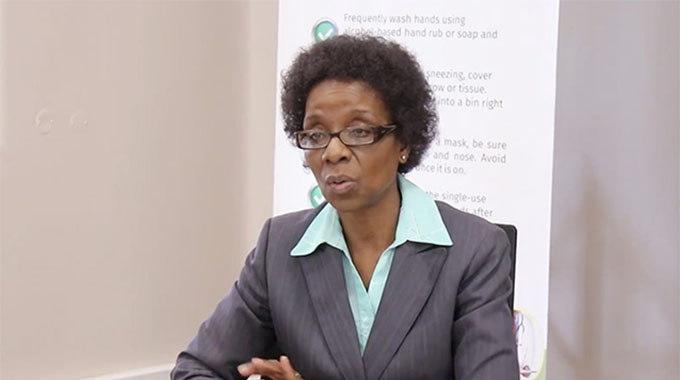‘Three weeks of hell’: the peak of Covid-19 at hard-hit UK care home

Robert Booth
Tears flowed at Melbury Court in Durham as the Covid-19 death toll ticked up toward 26, the worst known outbreak in a UK care home. Only 20 of its 82 residents, many of them with dementia, escaped infection.
Peggy Dixon, a fervent football fan who liked to reminisce about the 1966 World Cup matches she attended, died on May 14. Her coffin was draped in the blue and white hoops of QPR, her favourite team. Lilian Wilkinson, a former factory worker and Salvation Army stalwart, died the next day. The women, like many of the Melbury Court coronavirus victims, had lived at the home for years. They were beloved by staff as well as their families.
“Half of the workers had tears in their eyes,” said Sarah Mapes, Dixon’s daughter who went into the home in full protective equipment to see her mother for the last time. “Four people died around the same day as my mum.”
At least 15,000 people have died in UK care homes from confirmed or suspected Covid-19, but few facilities have faced such an ordeal as Melbury Court. It was “three weeks of hell”, staff have told a Guardian investigation into what happened.
The outbreak has sparked questions for the home’s owner HC-One, the UK’s largest private care home provider, which has lost close to 1,000 of its residents to Covid-19. What was the impact of the discharge of four patients in April from the neighbouring North Durham hospital who reportedly tested negative but later died from the virus? Did the operator deliberately withhold details from families about the extent of the outbreak?
Wider questions also loom. If a £3,000-a-month home rated “good” by the Care Quality Commission, with ample supplies of personal protective equipment, clinical support on site and a reputation among families as clean and caring, was unable to stop the virus, what tactics are needed to better handle a widely feared second peak? Given Melbury Court was involved in a pilot programme for testing, does the high proportion of positive results suggest that the extent of infection in care settings, often without obvious symptoms, may be higher than we realised?
Melbury Court closed to visitors on March 10, almost two weeks before the national lockdown. The danger was soon obvious. Stanley Park, another Durham home, had a rising death toll and families looked on anxiously. It appeared “inevitable the virus was going to get in,” said Verma Goodburn, whose mother died of the virus.
Residents with chronic lung problems whose GPs had instructed them to “shield” had already been asked to stay in their rooms, even before group activities ended. By the time the first case was suspected on April 14, the residents were isolated to their bedrooms.
“We were serving food into their rooms to keep the risk as little as possible,” said one care worker. “Staff were assigned to particular zones to reduce movement of staff.”
Unlike may in care homes, PPE was in plentiful supply, and staff say they wore new kit for each resident. Their hands became raw from all the washing.
Care workers said the outbreak began in the nursing unit that accommodates residents undergoing palliative care for illnesses including cancer and heart disease.
“It could have come in off a delivery box,” said one of several who asked to speak anonymously. “It lives on packets, it lives on your clothes. I could have been next to someone in the supermarket and they passed it to me. It could have been someone on the bus. Nobody knows.”
Perhaps the virus was already inside the home, spreading asymptomatically. Dixon, for example, had been admitted to North Durham hospital with what was believed to be a chest infection in February before being discharged back into the home that same month, her daughter said.
“She was really struggling to breathe,” Mapes said. “There was a lot of fluid on her lungs … It could have been Covid back then.” That will remain speculation. Government guidelines at the time said testing was not needed before discharge into a care home. The policy only changed on April 16.
Four people had been discharged into the home from the hospital after being tested negative for Covid in early April, but all four went on to die, the provider said.
Asked why it accepted the patients, HC-One said: “Like many care homes, we were asked to do our national duty and support the NHS by admitting older people who no longer needed to be in a hospital. At all times we followed the government advice on how to safely accept these admissions, including isolating individuals for two weeks and implementing barrier nursing.”
A spokesperson for County Durham and Darlington NHS foundation trust said: “Throughout the Covid-19 pandemic, we have complied with all national guidance.
“We prioritise the safe care and management of our patients and work closely with partners including local authorities and care homes.”
HC-One also said government guidance had changed 25 times since the start of the pandemic. “The question must be asked whether the guidance was correct, based on the UK’s scientific understanding of the virus at that time, and why the guidance for care homes has changed so many times,” a spokesperson said.
As April gave way to May, undertakers started to arrive at Melbury Court more regularly, dressed not in their usual dark suits but in hazardous materials suits .
“It went from nursing into residential, then it got up into the dementia unit,” said a care worker. “It was like a blur.”
“We had been without Covid in the home for so long, it was panic stations,” said another. “I was scared.”
The first resident died on April 27. Four more had died by May 1 by which time 19 people had tested positive. Twenty-two more people had died by 3 June.
“It was like going to war,” said a care worker. “On all the doors, the barrier nursing signs were up. We were frightened. You used to be able to have a laugh with them, cuddle, kiss. All of that changed. I was checking for illness all the time: temperatures, pulse, oxygen levels.”
Families phoning in for updates could hear care workers choking back tears, but the home did not volunteer figures on the outbreak. One letter to residents reported an increase in confirmed cases and deaths, but the spaces for numbers to be inserted were left blank.
The bad news for Goodburn came by phone on May 7. Her mother, Lilian Wilkinson, 91, had a glazed look and may have the virus. Three days later she tested positive.
“Our understanding was they had a handful of people with the virus,” Goodburn said. “They reassured me that people had pulled through.”
Thirty-eight people did recover, but Wilkinson died five days later.
Goodburn only discovered the extent of the death toll when the BBC reported it as the worst in the country as she sat down after her mother’s funeral. George Robinson, whose 85-year old father, also called George and who lives at the home, said he had also heard about its death toll in the media, which he described as shocking. He alleged the home had thrown up a smokescreen, something HC-One denies.
A spokesperson said it did not “routinely share details on the extent of the outbreak as we felt this could be quite upsetting to many families … at a time when the situation was changing daily”.
“I don’t blame anyone,” said Goodburn, who was full of praise for the staff, about 20 of whom also fell ill. “They were put in an impossible situation. It wasn’t the care home.”
But she said: “I do think there needs to be answers and where mistakes were made so these same mistakes won’t be made again,” she said.
She is angry about Dominic Cummings, who many believe broke physical distancing rules by travelling with his family to Durham during the lockdown in April.
Because her family stuck to the rules, only five people attended Wilkinson’s funeral. Her widower, Matthew, sat outside the chapel in his suit.
As the outbreak spread staff faced longer, tougher shifts.
“I did the Zoom call to one lady’s family because she was dying,” said one care worker. “They were saying ‘we love you mam’ and saying goodbye to her. I’m sat there with tears streaming down my face. I was going home a wreck at night. It’s so soul-destroying. We have looked after these people, some of them for eight years.”
Social care leaders want ministers to consider the immediate quarantine of infected residents in separate facilities, possibly using spare NHS capacity. It worked in Hong Kong where not a single person died in a care home. It also relies, however, on the repeat testing of residents and staff which ministers have not yet made available.
HC-One said a fifth of people testing positive had no identifiable symptoms. “If everyone living and working in a care home was regularly tested from the beginning of the UK’s pandemic then the situation could have been quite different,” a spokesperson said.
Mapes echoed Goodburn’s respect for the home’s staff.
“You can’t fault them,” she said. “When you walk in, it doesn’t have that care home smell. It was spotless … I was flabbergasted by how many died. I can’t work it out.”
The care workers also remain perplexed. “They say you can carry it on your clothes, in your hair, who knows?” said one. “It’s an invisible killer. I think we did as much as we could.”- The Guardian UK







Comments